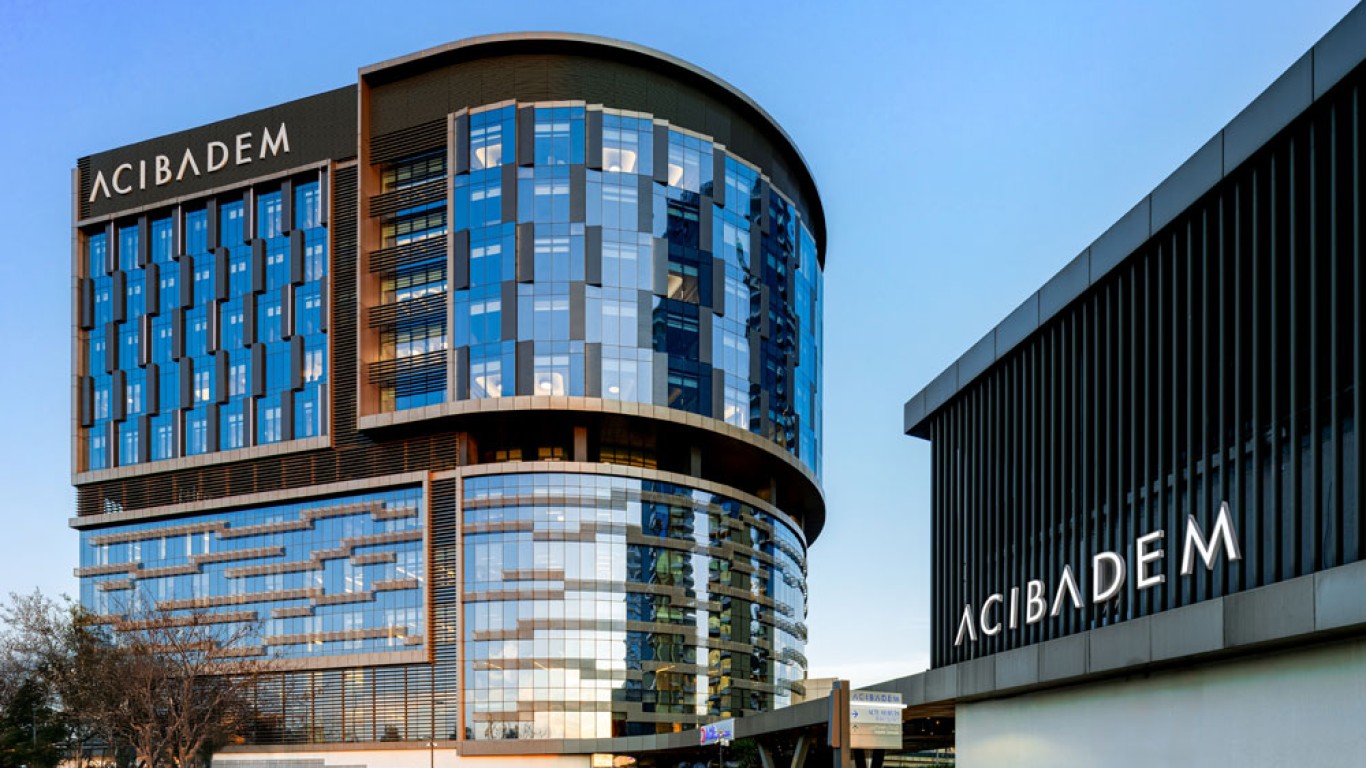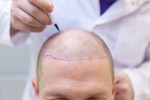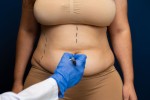Introduction
Losing one or both breasts due to cancer can be emotionally and physically challenging. However, breast reconstruction offers a way to restore shape, symmetry, and confidence. This surgical procedure rebuilds the breast mound after a mastectomy, either using implants or your own tissue. It can be performed at the same time as mastectomy or later. This depends on your health, cancer treatment and preferences.
While the decision is highly personal, understanding your options is essential. This article will explain the main types of breast reconstruction, when they’re performed, and what results to expect.
What Is Breast Reconstruction?
Breast reconstruction is surgery to restore the shape and appearance of one or both breasts. It’s often chosen after a mastectomy, which removes breast tissue to treat or prevent cancer. In some cases, reconstruction also follows a lumpectomy if tissue loss is significant.
Reconstruction can involve implants, tissue flaps, or a combination of both. It does not restore sensation to the breast, but it can dramatically improve physical appearance. Additionally, it can help you feel more like yourself after treatment.
Types of Breast Reconstruction
There are two main types of breast reconstruction: implant-based and autologous (flap) reconstruction.
Implant-Based Reconstruction
This method uses silicone or saline implants to rebuild the breast. It’s often quicker and involves less recovery time. Some patients have implants placed during mastectomy. Others need tissue expanders inserted first, which gradually stretch the skin before implants are added.
Autologous (Flap) Reconstruction
This approach uses tissue from another part of the body. Tissue is typically taken from the abdomen, back or thighs. It includes techniques like the DIEP flap or TRAM flap. Although this method involves longer surgery, it offers natural results and doesn’t rely on implants.
Both techniques can produce excellent outcomes. The best choice depends on your anatomy, cancer treatment plan, and personal goals.
Timing of Breast Reconstruction
There are two main timings for breast reconstruction: immediate and delayed.
Immediate Reconstruction
This is done during the same surgery as mastectomy. It offers the advantage of fewer surgeries and can improve emotional recovery. However, it may not always be suitable if you need radiation afterward.
Delayed Reconstruction
This occurs months or even years after mastectomy. It allows time for cancer treatment to finish and the body to heal. While it requires a second surgery, it can offer more flexibility and planning time.
Your surgeon and oncology team will help decide which timing is best. This will be based on your overall treatment plan.

Who Is a Good Candidate for Breast Reconstruction?
Many women are candidates for breast reconstruction, but several factors must be considered. Good candidates are usually in overall good health and have completed or can safely pause cancer treatment. If you smoke or have diabetes, your surgeon may advise waiting or taking additional precautions.
Additionally, patients should have realistic expectations. Reconstruction aims to restore appearance, but it won’t feel exactly like the original breast. Still, it often helps with self-esteem and body image after cancer treatment.
Benefits of Breast Reconstruction
There are emotional and physical benefits to breast reconstruction. It can restore balance and symmetry under clothing. Additionally, many women feel more confident, feminine, and whole again after the procedure.
It also allows patients to move forward emotionally after a mastectomy. Although it doesn’t replace the lost breast, it can greatly support psychological recovery. Some women say it helps them regain control over their bodies and futures.
Possible Drawbacks to Consider
Although not discussing risks, it’s important to consider the potential realities. Breast reconstruction involves multiple steps, and sometimes several surgeries. Healing may take time. Depending on the method, there may be scars on other parts of the body.
Nonetheless, many women find the overall benefits outweigh the challenges. Speaking with your surgical team can help you decide what to expect and how to prepare.
Recovery and Aftercare Following Breast Reconstruction
Recovery time depends on the type of breast reconstruction performed. Implant-based surgery generally involves a shorter healing period. Most patients return to daily activities within two weeks, although full recovery takes longer.
Flap reconstruction takes longer to heal, sometimes four to six weeks. This is because tissue is taken from another area, which also needs care. Patients must follow detailed aftercare instructions, including wearing supportive garments and avoiding heavy lifting.
Your medical team will guide you through recovery and monitor healing through regular check-ups.
Conclusion
Breast reconstruction offers physical and emotional healing after mastectomy. Whether you choose implants or tissue flaps, this surgery can restore balance, confidence, and femininity. The choice between immediate and delayed procedures depends on your treatment plan and personal needs.
With modern techniques and expert care, women can look forward to natural-looking results and renewed self-image. If you are considering this surgery, speak with a specialist to explore your best options.
For more information and to book a consultation visit the ACIBADEM Beauty Center Breast Augmentation page.
Frequently Asked Questions
Yes, this is called immediate reconstruction and is often preferred if medical conditions allow.
No, reconstructed breasts don’t have the same sensation but offer excellent visual results.
It varies by technique. Implants may require two surgeries. Flap methods involve longer recovery.
Implants may require replacement eventually. Flap reconstructions are generally more permanent over time.
Yes, delayed reconstruction is an option for many women, even long after treatment.












